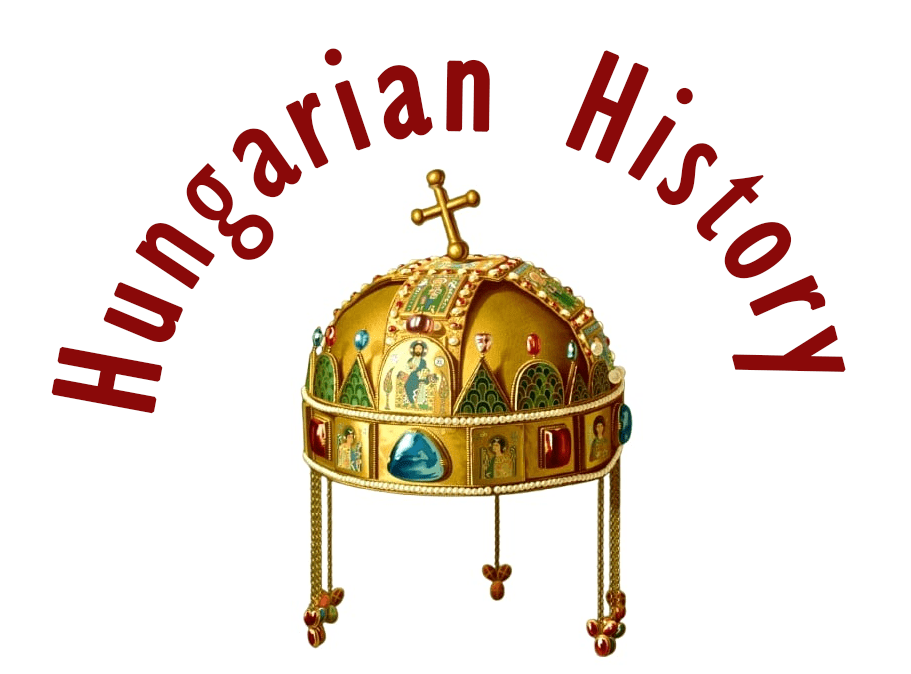King Aba Sámuel gave his life in this battle while defending Hungary against the army of Henry III, Emperor of the HRE. Or was it a bit more complicated?
On 5 July 1044, the armies of King Aba Sámuel of Hungary (r. 1041-1044) and Emperor Henry III (l. 1039-1056) fought the battle of Ménfő, in which the German ruler, who supported the ousted Peter Orseolo (r. 1038-1041/1044-1046), won a decisive victory.

Aba, who had fled the battle, was soon assassinated, so Henry’s supporters regained his throne and offered it in fealty to the Holy German-Roman Empire.
After Saint King István (Stephen) (r. 1000-1038), the throne was inherited by Peter Orseolo, son of Otto, Doge of Venice, nephew of the king, following the death of his only son, Prince Imre, who had reached adulthood.
Peter continued the policy of his predecessor, seeking a balance between the two empires that bordered his country – Byzantium and the Western Empire – and consolidating Christian statehood.

In the meantime, however, the king ousted the widowed Queen Gizella from power and imprisoned her in the castle of Veszprém, bypassing the country’s overlords and ruling with his minion, the German Budo.
In 1041, the lords, who had fallen out of favor with Peter, rebelled against the king and invited István’s son-in-law, Aba Sámuel, to the throne, who helped him drive his rival out of the country.
However, King Aba was not a lucky choice either, for according to the Chronicle, the new king despised the lords who emerged from the commoners and was in favor of a society of equal freemen (like it had been before the laws of St István), and thus of universal taxation.
Yet, the popular belief that Aba Sámuel was a pagan is wrong: this is proved not only by the legend after his death, which is similar to that of the saints, that he remained intact until his body was reburied, but also by the monastery he founded at Abasár.
But the memory of Aba’s tyranny is correct in that his distrust of the lords eventually led to bloodshed: in 1044, at a council held in Marosvár – Csanád – he had more than 50 lords he believed to be conspirators executed.

The king’s reign was one of constant warfare, as Emperor Henry III embraced Peter Orseolo’s claim to the throne in order to extend his vassalage over Hungary.
Aba Sámuel had successfully stopped German attacks in the Hungarian Highlands and the Moson marshes in 1042 and 1043, but by the time of the 1044 campaign his influential subjects had deserted him, and this fulfilled his destiny.
In 1044, Henry again invaded Hungary through the marshes south of the Danube, and this time, with the help of the Hungarians who sided with Peter, he was soon able to cross the Rábca and then the Rába Rivers.
Aba Sámuel waited for the invading enemy on the right bank of the Rába, near Ménfő – today’s Ménfőcsanak, near Győr – with an army roughly equal to that of the emperor, and here he fought the decisive battle for the throne.
According to the Chronicon Pictum (Képes Krónika), the struggle between the two rulers was ultimately decided by Aba’s unpopularity, as at the clash of German and Hungarian forces, most of the soldiers who disliked King Aba, took the side of Henry or simply abandoned the king.

The battle of Menfő thus ended in a decisive victory for Peter Orseolo’s supporters, and King Aba Sámuel was forced to flee and was soon assassinated.
We have contradictory information about his death: according to the Chronicle, he was on his way to Tiszántúl (Trans-Tisza River Region) when he was killed, which puts the place of the murder in the area of Füzesabony; others say he was killed in battle or a nearby village.
His body was first laid to rest in the monastery of Feldebrő, and later buried in Abasár – this second burial is linked to the legend mentioned above, which suggests that Aba Sámuel, despite the negative portrayal in the chronicles, later enjoyed a good reputation in Hungary.

https://tinyurl.com/5895px36
After the victory at Menfő, Emperor Henry III, together with his vassal Peter Orseolo, marched to Fehérvár castle, where he reinstated the ousted king. The German-Roman monarch had achieved his goal, for Peter offered the country as a vassal in the form of a gilded spear and his crown, and introduced German law as a sign of his submission.
However, the second reign of King Peter Orseolo and Hungary’s vassalage did not prove to be lasting, rebellions against the returned king broke out again and again, and in 1046, with the return of Vazul’s exiled sons, the history of Árpád-era Hungary took a new turn.
How did it happen? King Peter succeeded in executing a group plotting against him, but the other group, led by Bishop St Gellért of Csanád, offered the throne to the sons of Vazul. Gellért set out with several other bishops to receive Prince András and Prince Levente. In the meantime, in the summer of 1046, the Vata pagan revolt broke out and quickly spread from the Körös River region. The leaders of this revolt met the returning Princes András and Levente in Abaújváros in September 1046.

The rebels demanded that they be allowed to return to their pagan faith. The princes agreed to this out of calculations; otherwise, they would not have had the pagan troops on their side to fight against Peter. András and the older Levente, of the pagan faith, gave their blessing to the extermination of the Christians and Peter’s supporters and minions. Gellért was later to fall victim to this.
Peter tried to flee the country again, and Imperial troops were already gathering at Augsburg to help him. He was caught at the border by the envoy of András, who summoned him to negotiate. Peter had no choice, as the border was already controlled by the pagan rebels. At the village of Zámoly, András’s men tried to capture the returning king, but Peter and his few followers locked themselves in a manor house and fought back for three days. After his companions fell in the unequal battle, Peter too was taken prisoner, and in October 1046, he was deprived of his sight to render him unfit to rule. He died at Székesfehérvár in 1046, shortly after he was blinded.
(Source: Rubicon and Hungarian Wikipedia)
Dear Readers, I can only make this content available through small donations or by selling my books or T-shirts.
Please, support me with a coffee here: https://www.buymeacoffee.com/duhoxoxa
You can check out my books on Amazon or Draft2Digital. They are available in hardcover, paperback, or ebook:
https://www.amazon.com/dp/198020490X or at https://books2read.com/b/boYd81

My work can also be followed and supported on Patreon: Become a Patron!http://Become a Patron!
Become a Patron! Donations can be sent by PayPal, too: https://tinyurl.com/yknsvbk7


https://hungarianottomanwars.myspreadshop.com/all
Subscribe to my newsletter here: https://tinyurl.com/4jdjbfkn

